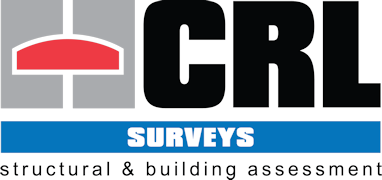Working within and on historic buildings, similar to our other market sectors, present their own set of issues which need to be addressed and allowed for, early, whilst remaining flexible enough to complete sometimes critical Health and Safety work. Historic buildings, which are often listed or protected, require a cautious and special approach, to ensure they are not un-necessarily damaged during the course of the work, whilst ensuring that the information gathered is sufficient both to assess condition and enable the development of appropriate and sympathetic proposals for maintenance and repair. We have been involved with many historic buildings and some bridges, ranging from Georgian and Victorian, through various 1880's to 1920's, early plain and reinforced concrete constructions, to 1920's and 1930's Art Deco and the Brutalist constructions of the 1960's and 1970's.
As a result our experience has broadened to include not only concrete and reinforced concrete, and it's evolutionary stages, but also other significant building components such as brickwork, stonework, timber, cast and wrought irons and plasters, the latter potentially containing animal hair (potentially contaminated with anthrax spores) and asbestos. Where practicable, and the methods are reliable and appropriate, we can use the latest NDT techniques to assess the form, composition, properties and condition of the materials, elements and facades, which enables us to optimise the data gathered, whilst minimising the extent of damaging, intrusive investigations. However, we can, where needed, undertake careful 'keyhole' breaking out to resolve critical details and provide structural engineers, and others, with the 'finite' assessments and measurements that they require. Steel framed buildings, clad with stone or brick facades, can often suffer from steel corrosion, which can often lead to cracking of the facades.
In addition to our investigations of such structures, to assess form and condition, we can, in cooperation with specialist ICorr Certified Corrosion Engineers, we can carry out corrosion risk assessments which identify where and why the problem is occurring. With this information we can then recommend a suitable repair process which might include impressed current cathodic protection (ICCP) to stop corrosion. Our Technicians have been trained to 'make-good' the locations of our 'keyhole' breakouts and drilled holes etc. As far as possible we use sympathetic materials and practice, to match existing, to ensure it does not compromise the appearance of the building. In cases were larger and or more complex repairs are required we will call on the expertise of our sister company, CRL restoration, who have highly skilled and experienced resources, well versed in the requirements of repairing historic buildings. CRL Restoration can also advise on suitable, overall, repair techniques.



